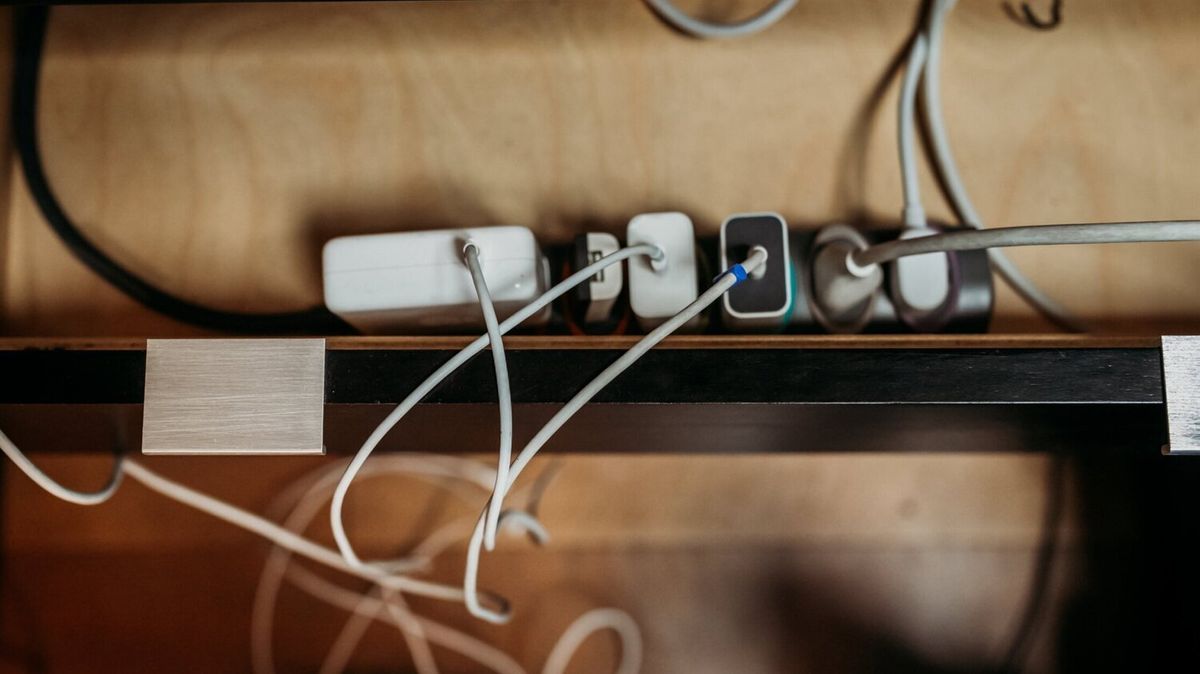In a previous article, we talked about engaging residential building occupants with energy conservation, in particular the importance of communicating goals, why the goals are being set, and the outcomes and benefits from actions to achieve the goals. Today, let’s talk about strategies that could be effective when engaging office building tenants with energy efficiency.
Similar to residential tenants, being transparent and sharing energy use data with office tenants is critical. If a property manager wants to improve their building’s efficiency, reporting usage to tenants (and the public) is important. Making this data available, either at a whole-building level, or by office suite, helps property managers plan and justify energy efficiency projects, and helps building occupants be more aware and accountable for their energy-using actions and habits. (Additionally, buildings who benchmark and report their energy use data to comply with various city energy benchmarking ordinances see improvements to their energy use in subsequent years; more on this in a future article). Tools like Fusebox can help building managers compile, review, and analyze their usage and contribute to the planning process for energy efficiency strategies.
The impact of plug load (the energy used by devices plugged into electrical wall outlets) and “vampire” energy (the energy used when devices are plugged in even when they are on standby mode or turned off) is a key discussion to have with office tenants. Plug loads in an office building include things like computers, copiers/printers, break room appliances, and other office equipment, and on average, can account for up to about one-third of an office building’s electricity use. Typically, these devices aren’t used over weekends but are often left in standby or sleep mode, and this can translate into unnecessarily higher energy costs over the course of a year. Did you know that a desktop computer can cost between $1.50-$3.50 per month, depending on the model? This may not sound like a lot, but in an office with 500 computers, that can add up! Using a smart power strip to manage these loads can help reduce the impact of vampire energy. Smart power strips can sense when a device isn’t being used and cut the power to that power strip outlet, making turning off devices more convenient.
Encouraging occupants to completely shut-off or even unplug equipment when not in use can save on energy use and utility bills. In a recent review of their electricity usage during the COVID-19 shutdown in New York City, the Facilities team at the Empire State Building noticed that their energy use only dropped by 28%, meaning that equipment left plugged in by their tenants was still using a significant amount of energy even though the number of visitors to the building had dropped by 95%. By sharing data and findings like this with tenants, facilities’ teams can make plans and spur action to better manage plug loads and reduce energy usage the future.
Check out Laurel’s other posts!

